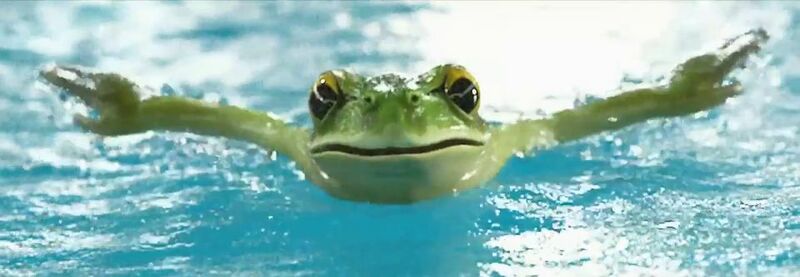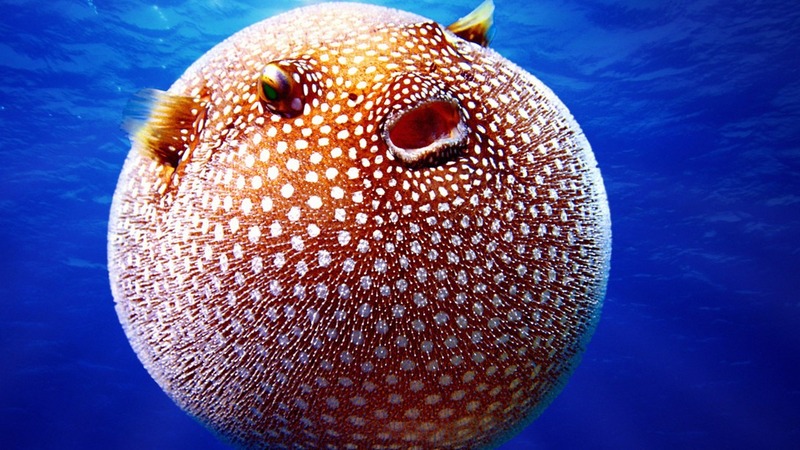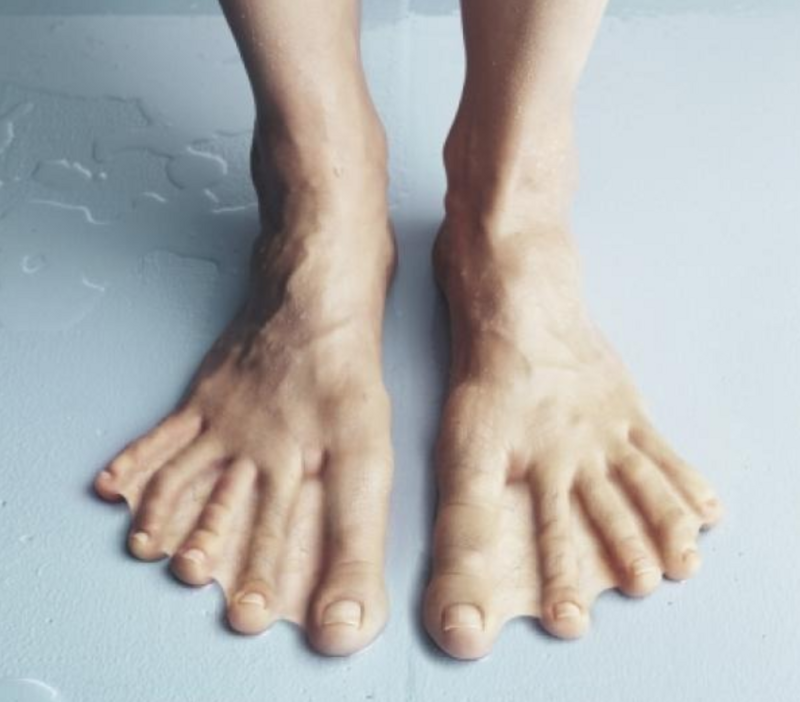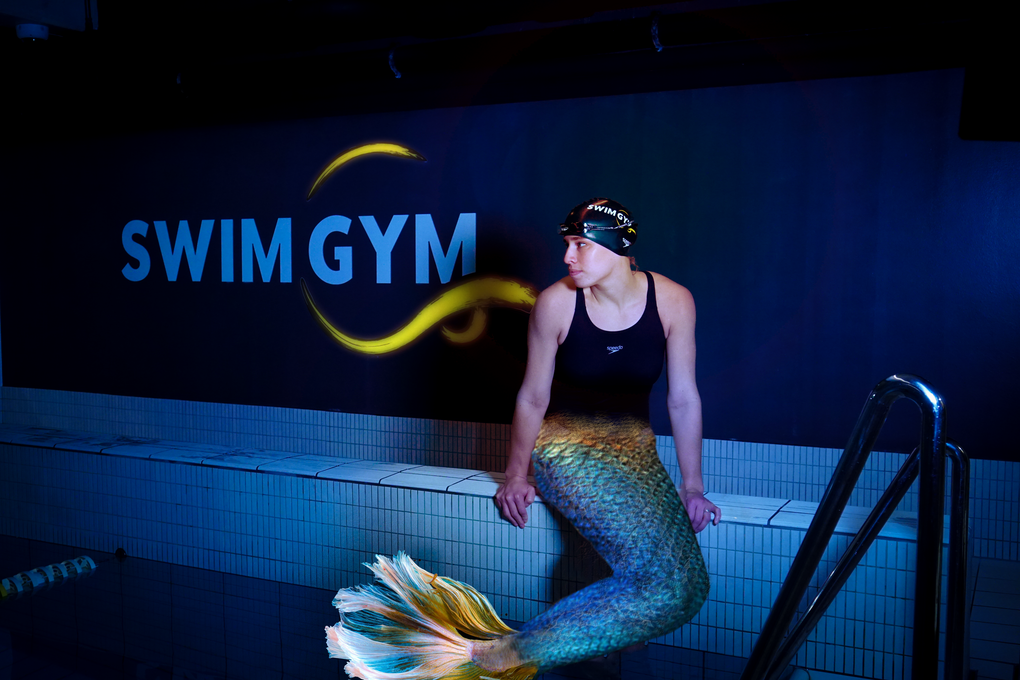Swimming blog - TRAINING A new year, a new future?
First of all - we wish you a happy new year! May the future be healthy and full of swimming. On that note, we have been dreaming about the (crazy) future of swimming. We are getting way ahead of ourselves, and you, in this blog. What might the future look like if humans were modified in crazy ways to make us fast and furious in the water. Hang on to your imagination as we take you on a wild ride into our dream filled future.
At the turn of the last century full body fast skin suits entered the swimming arena. These polyurethane suits increased buoyancy and reduced drag. The consequences were dramatic. One after another, world records fell. Some still stand today, like the 200 and 400 meter freestyle world records of Paul Biedeman. FINA (international federation of all water sports) banned the suits at the end of the 2000's. Swimmers can no longer wear these plastic tech suits in indoor competition. Racing suits took their place. Modern racing suits have to be above the knee and woven from textile without any zippers. Racing suits are state of the art design, almost impossible to get into and hellishly expensive. They stiffen the trunk in the lady’s suit and provide marginal stiffness and drag reduction by the men. However, their psychological effect is pronounced. Swimmers feel fast and that’s what counts for fast swimming at the elite level.
But what if technology and genetics went further? What can we imagine and what can we learn from amphibious creatures?

Buoyancy drinks
Imagine a time when you can buy, at your local drug store, a buoyancy drink. Tastes a little like red bull. It inflates your cells, allowing more air and oxygen into the cells. This drink will lift those sinking legs and keep you lying straight as a wooden plank on the water. It will reduce drag by 50% or more the adverts claim.
This buoyancy drink was developed from animals who can regulate buoyancy while swimming. The drink will only last for 30 min, so the timing is crucial. There is one side effect though, you start looking like a frog. Would you still drink it?

Skin Treatments
Just like going to the beauty clinic for skin treatments, imagine if you could go and get special skin treatments for swimming. A specially developed gel that covers your skin and reduces skin friction to zero, like a dolphin. This gel lasts up to a year. It will be expensive but worth it as you slide though the water effortlessly.
Getting more adventurous and outrageous - what about genetic modifications?

Fantastic changes: Body modifications
In freestyle we know that breathing disturbs the body position and adds more drag. What if we didn’t need to breathe by turning the head but had a blowhole?
Imagine a blowhole situated between our shoulder blades or at the back of our heads, just like a dolphin or whale? We would be able to breathe without the pesky turn to the side. Or what about gills on your chest so you don't have to worry about oxygen at all? Which one would you prefer and undergo surgery for?
Increasing the surface area of body parts is a sure way to swim faster. With the buoyancy drink and drag reducing gel, we are well on the way to a perfect swimming future, but what if….
We could cultivate webbed hands? When we are on land our webs disappear but once we get into the water, they come out as a thin skin between fingers and toes, giving us perfect leverage in the water. Our catch would become much stronger and opening the hands would give us paddle like hands. Our webbed feet would be like fins and generate much more force and speed. Or imagine our feet becoming an invisible monofin. The feet join and become this incredible invisible monofin that means we are able to swim butterfly legs really fast and smooth. This would give us incredible underwaters. With these modifications, we might see a need and desire to use our legs more often. We are dreaming of it.

Bionic Artificial Intelligence (AI)
Imagine if we could use computerized suits to swim in. Suits that could regulate buoyancy, drag, kicking, stroke efficiency etc. Imagine these suits being like the one’s superheroes use. The difference being that these suits are guided by AI. They can learn and teach us we go along.
The future is closer than we think.
The Robotics firm Roam has developed a smart, read AI driven, exoskeleton for skiers. The frame learns about and from its host. The exoskeleton gathers data from the skier and then adapts accordingly. At first it just supports the skier but through its active learning capability it then becomes a part of the skier and helps manage the ride down. It can tell the difference between someone who is crippled and someone with knee problems. It was developed to help people with spinal injuries to still be able to ski but is gaining mainstream popularity for older skiers and people with knee problems, just like e-bikes are being adopted in cycling.
So, imagine a moment in the not-too-distant future when people put on an AI swimsuit. This suit with learn how you swim and adjust your technique. It will know when you are in open water and help you sight and swim straight. This suit may also have breathing capabilities which would mean that breathing problems are a thing of the past.
It seems far-fetched, doesn’t it? But how fantastical was the thought of the airplane in the 1800’s or Facebook in the 60’s?
.jpg)
The future contains our dreams and even if some of them won’t be FINA legal, they will change how we swim and continue to make swimming the most fantastical thing there is. One question however remains: is this talk of the future of swimming a dream or a nightmare? We leave it up to you.
Written by Michael Stolt
